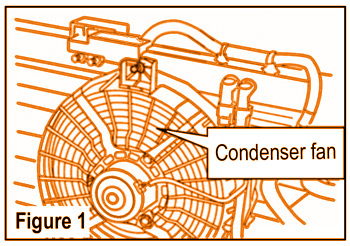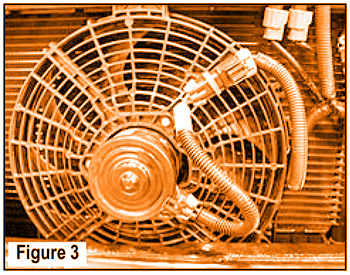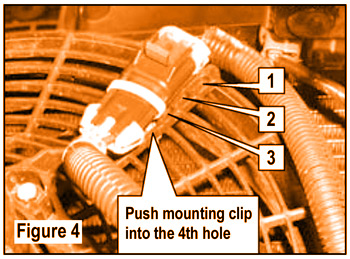Some Infiniti QX56 owners may complain about the engine or poor performance from their air conditioner. You may find there one or more conditions that are causing the issues.
1. Overheating under normal driving conditions and the engine cooling system is operating correctly, and/or;
2. The condenser fan is inoperative, and/or;
3. Poor A/C performance when there is high outside temperature and the condenser fan is running.
Once the diagnosis is confirmed, the repair procedure will involve replacing the condenser fan and installing a jumper harness on the fan. To correct the condition, you must closely follow the entire Repair Procedure, as it contains information that is essential to successfully completing the repair.
Applicable Vehicle:
2007 Infiniti QX56 Built before VIN 5N3AA08(**)7N 804450 and Built before December 20, 2006
Parts Information:
DESCRIPTION PART # QTY
Condenser Fan 92120-ZC20A 1
Jumper Harness 24167-ZJ50A 1
Repair Procedure:
1. Make sure the condenser fan does not already have a jumper harness installed (see Jumper Harness installation).
• If a jumper harness is already installed, this Tech Tip does not apply. Continue to diagnose the condition following factory and/or industry standard approved practices. 
2. Replace the engine cooling fan (condenser fan) (see Fig. 1). During condenser fan replacement, install the jumper harness (see Fig. 2).
3. Confirm the repair. 
Jumper Harness Installation:
a. Confirm that the jumper harness is Part Number 24167-ZJ50A (see Fig. 2). 
b. Connect the new jumper harness (see Fig. 3).
Note: Ensure that only one jumper harness is installed as shown. 
c. Mount the connector in the 4th hole (see Fig. 4).
By Dennis Shortino, ALLDATA Editor and Jeff Webster, ALLDATA Technical writer.













